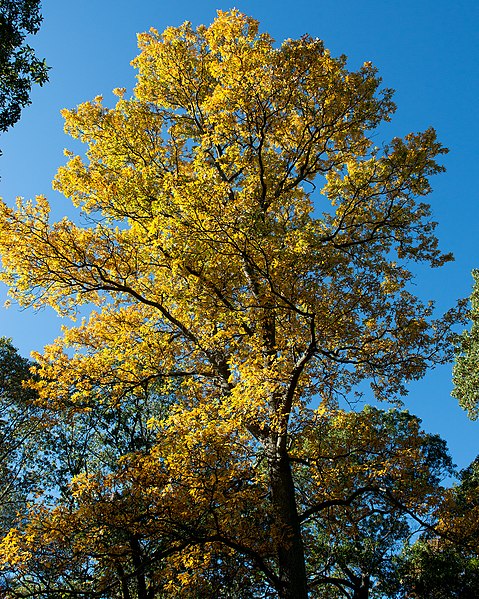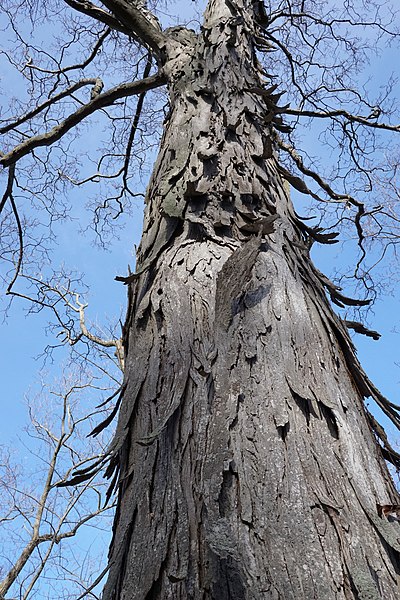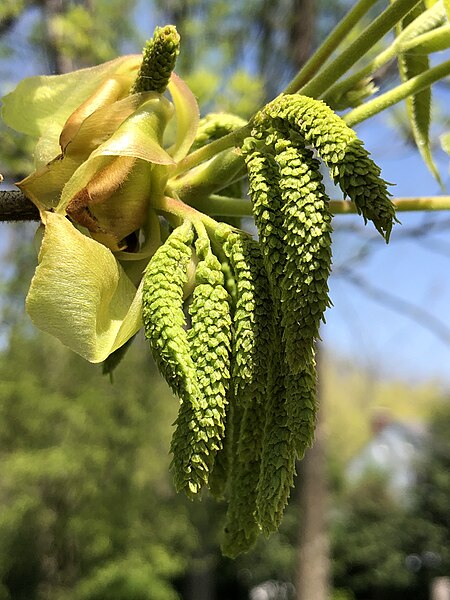Shagbark Hickory Identification – Carya ovata
Heads up
If you’re on a nature walk in eastern or central U.S., you might come across a tall tree with peeling, shaggy bark. This is the Shagbark Hickory, known scientifically as Carya ovata. It belongs to the Juglandaceae family, which also includes walnuts. With a height ranging from 60 to 100 feet, it’s an imposing sight and has unique characteristics that make it easy to identify.
Although it’s popularly known as the Shagbark Hickory, this tree belongs to the Carya genus. The name “shagbark” refers to the distinct appearance of its bark, which as the tree ages, begins to peel away in vertical strips or broad plates, giving it a rugged, shaggy look.
Shagbark Hickory: Key Parts in Photos






Where to find it
This tree thrives in areas with part shade to full sun exposure. It particularly likes dry sandy or rocky soil. The Shagbark Hickory’s natural habitat is in hardwood forests, particularly on upland slopes. While it is native to the eastern and central parts of the U.S., it’s also found in parts of Canada. But, you might occasionally spot it in the mountains and coastal areas as well.
How to identify Shagbark Hickory
The most recognizable feature of this tree is its bark. In mature trees, the gray bark peels away, resulting in the signature shaggy appearance. The tree’s trunk can reach up to 30 inches in diameter.
The leaves of the Shagbark Hickory are compound and alternate. Each leaf is up to 24 inches long and consists of 5 leaflets. These leaflets are yellow-green on top and paler below. They have tiny hairs along their finely-toothed edges.
This tree is monoecious, which means it has both male and female flowers on the same branch. The male flowers, also known as catkins, hang in clusters of three at the base of the branchlets that sprouted in the current year. They are yellowish-green with up to 10 stamens. The female flowers, on the other hand, are much smaller, grouped in clusters of 2 to 4 at the tips of the branchlets. These flowers have a stout ovary that’s yellowish to green and is covered in tiny hairs.
The fruit of the Shagbark Hickory is oval or round, and has a thick, rough-textured outer husk that turns from green to dark brown as it matures. Inside this husk is a sweet nut enclosed in a hard shell.
